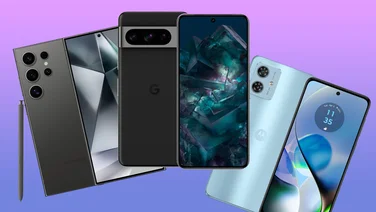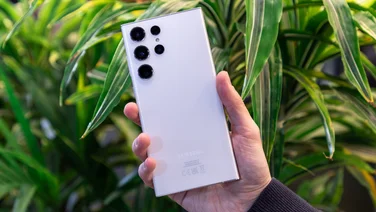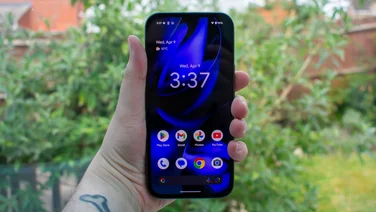To help us provide you with free impartial advice, we may earn a commission if you buy through links on our site. Learn more

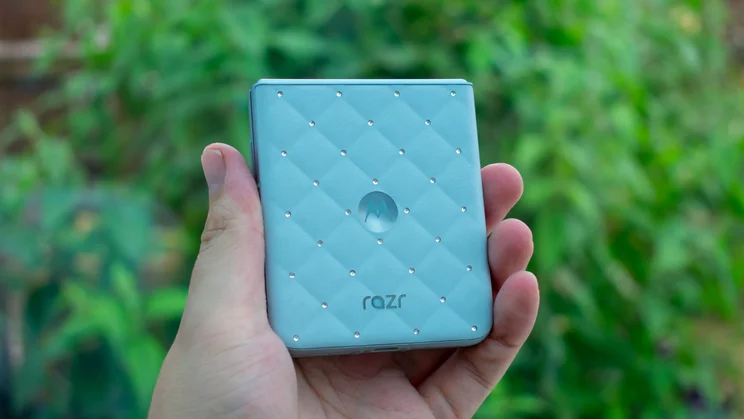
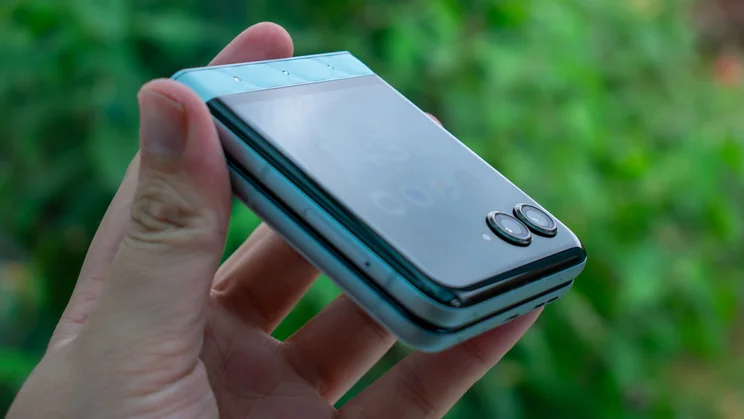
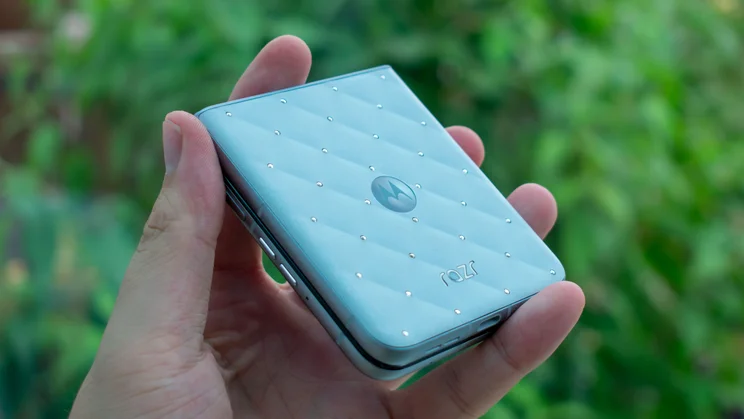
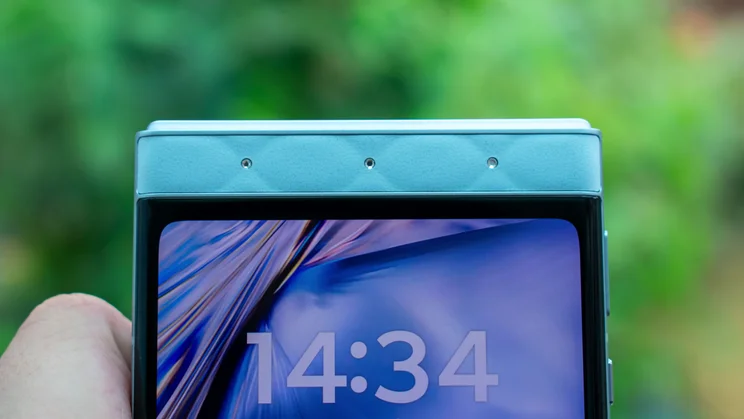

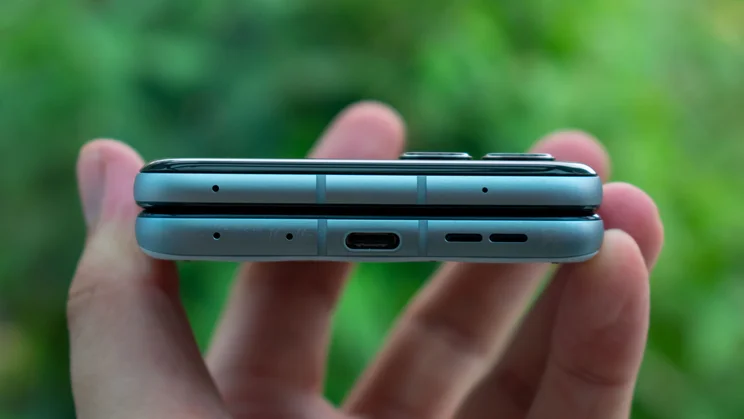
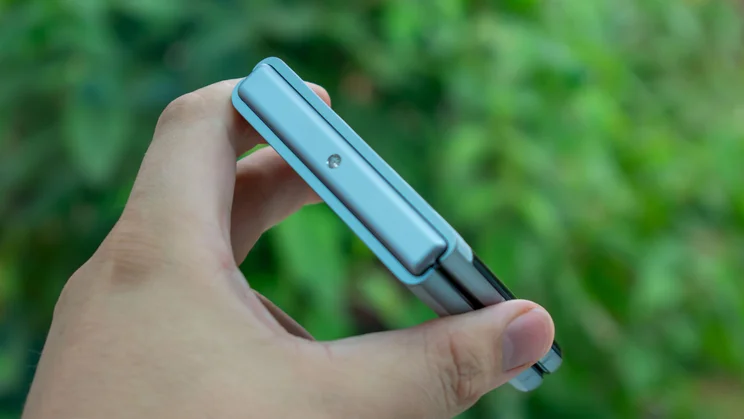
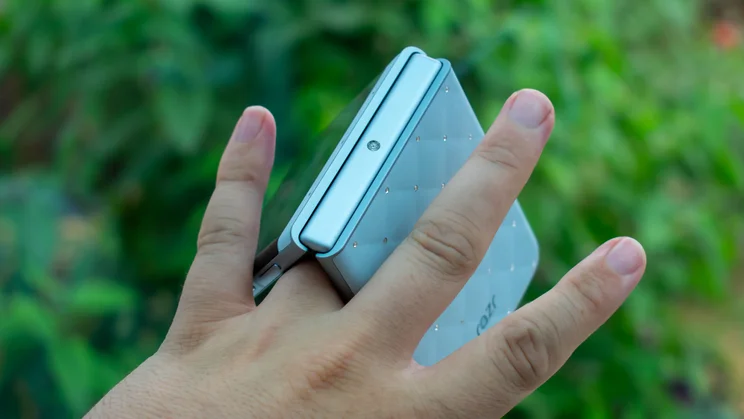
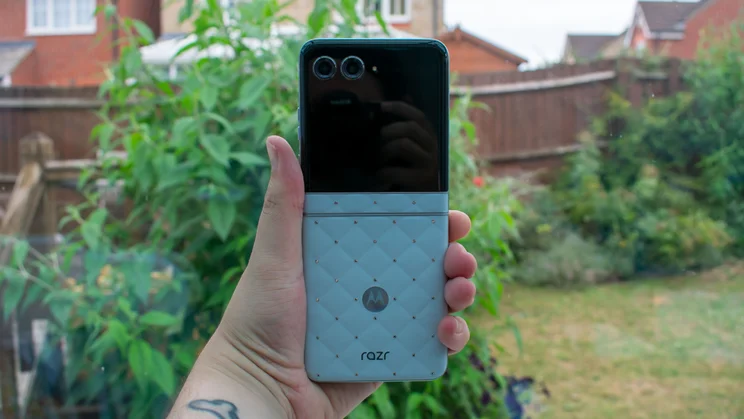


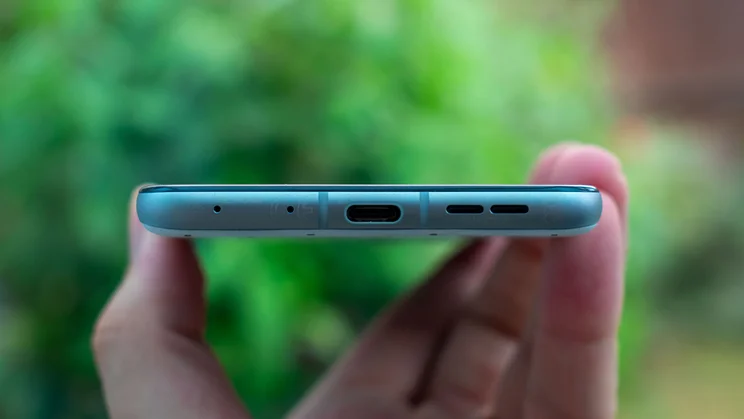
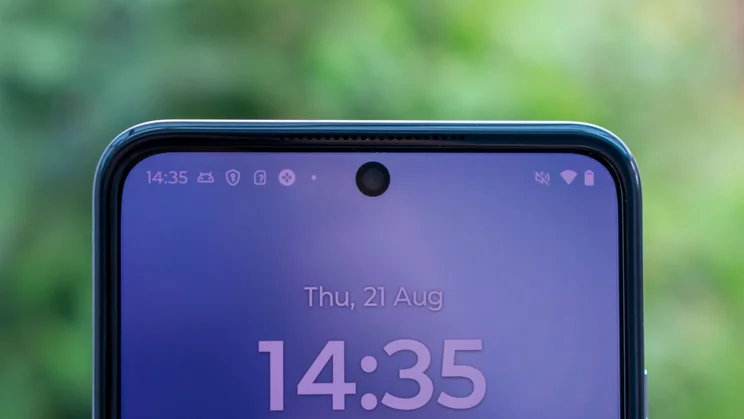



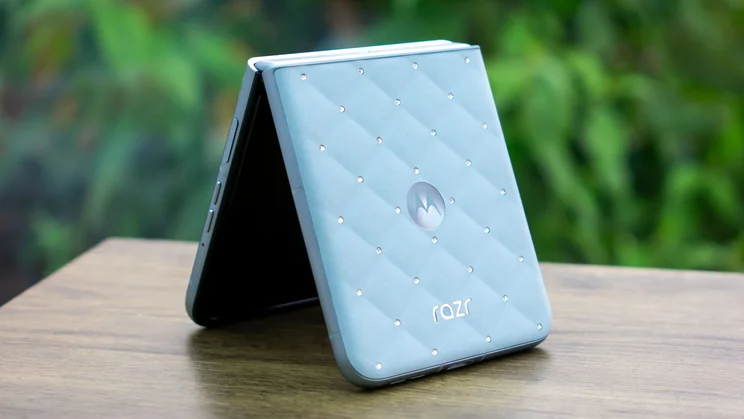
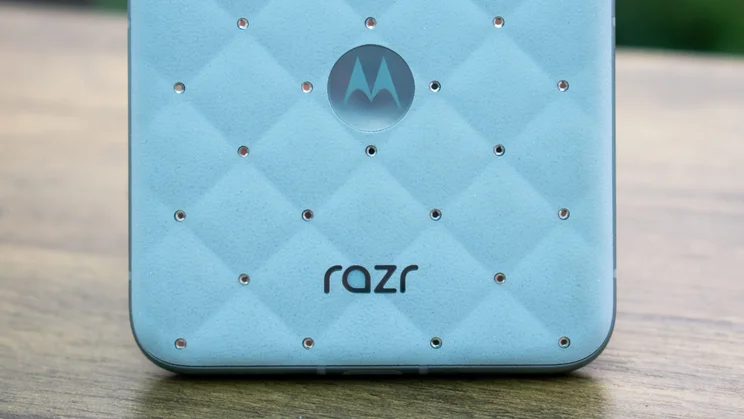
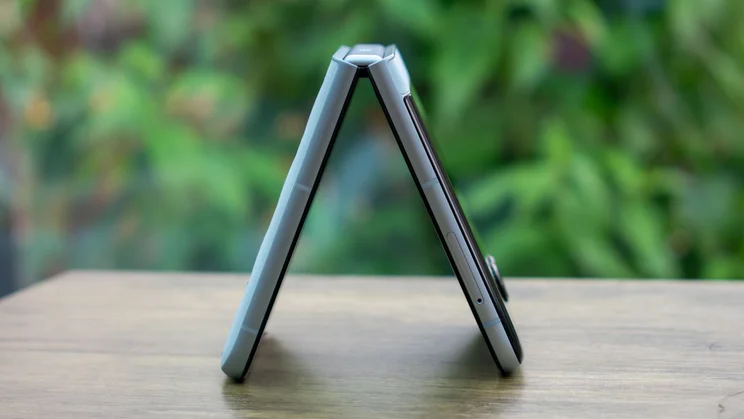
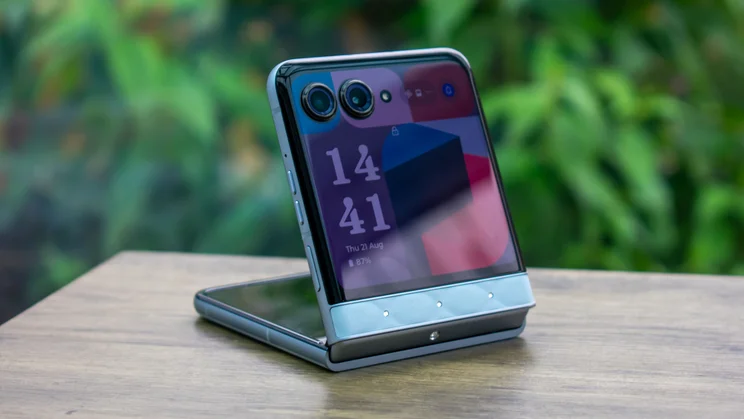

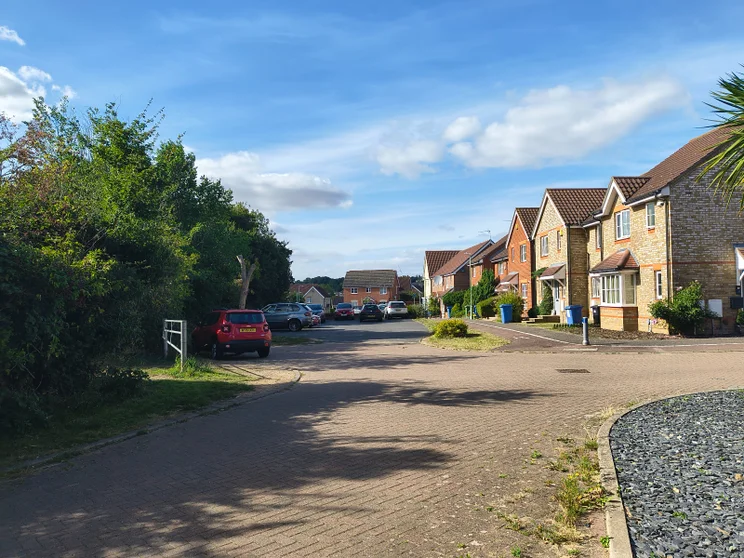
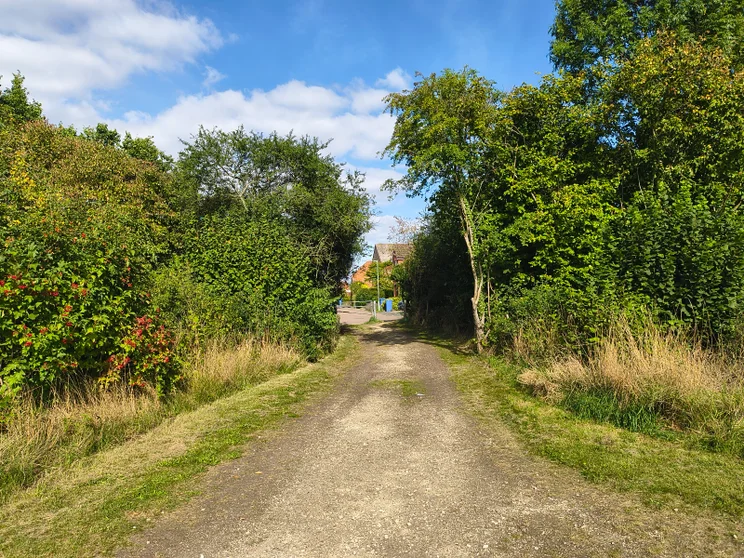
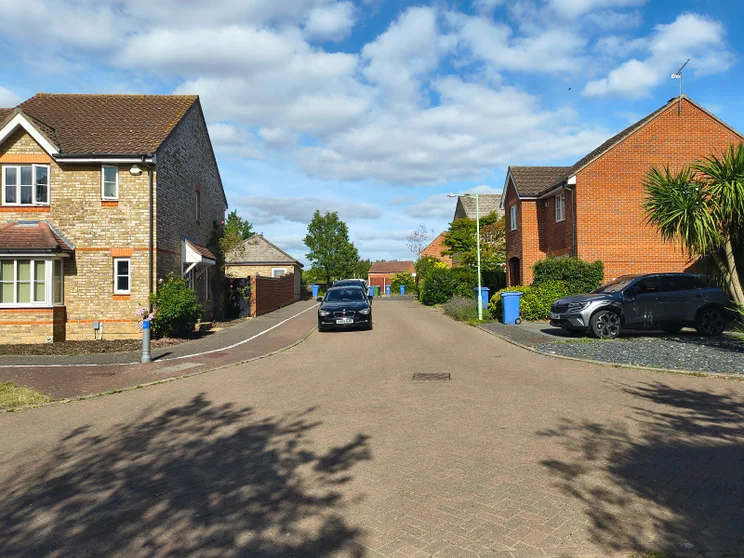
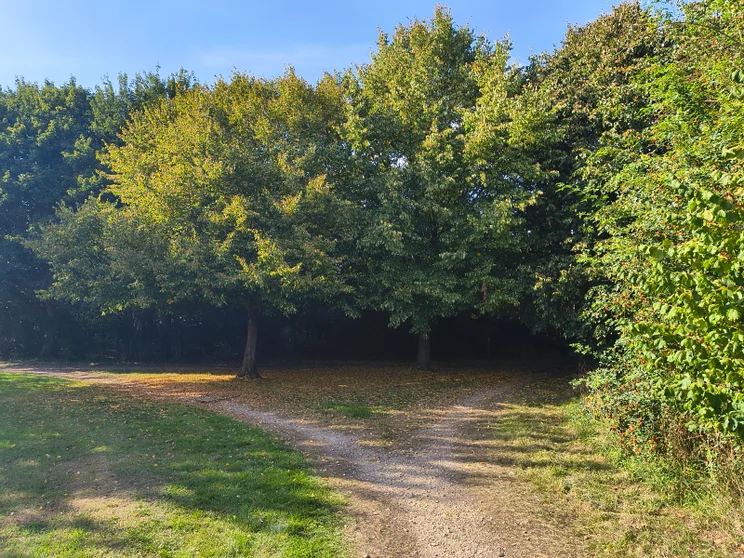
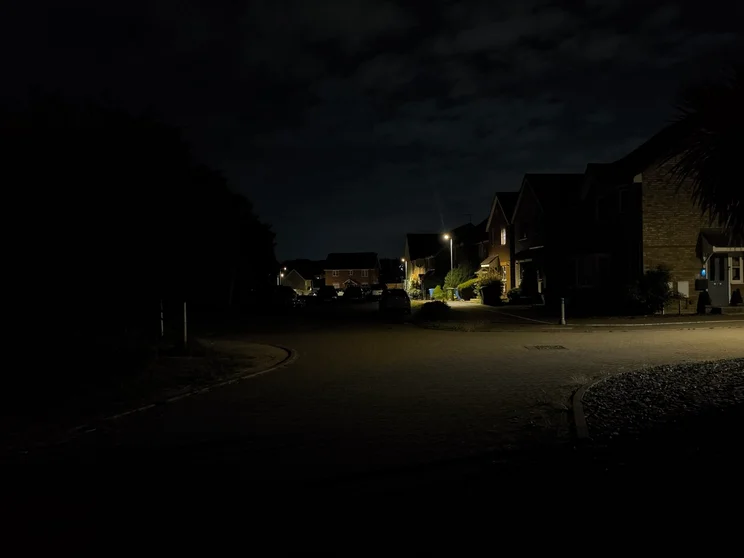


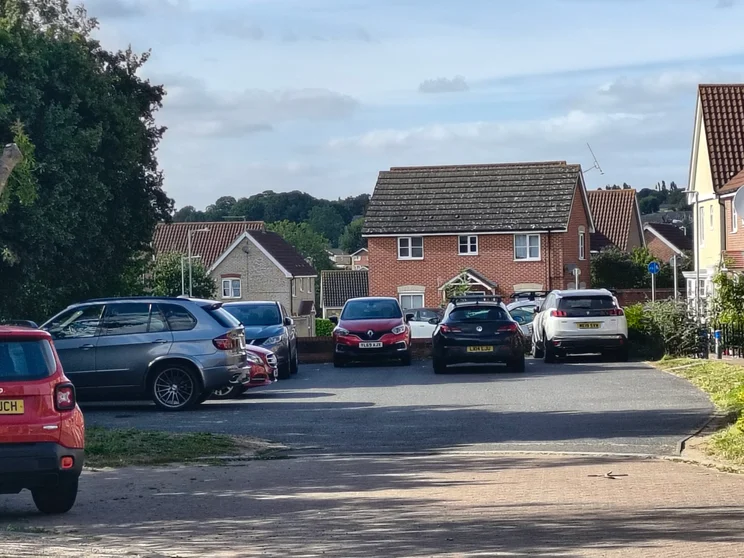
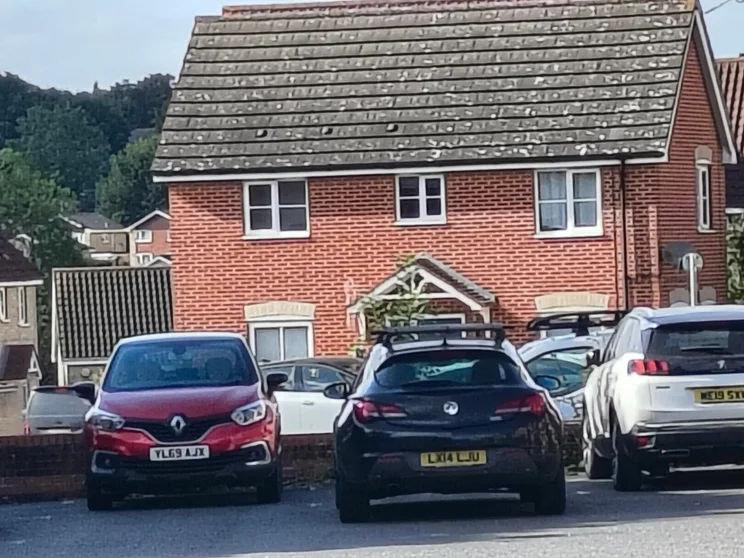
- Fantastic cover screen
- Eye-catching designs
- Brilliant battery life
- Performance isn’t great
- Very similar to last year
- Night photography still struggles
The Motorola Razr 60 has competition this year. Where previous generations have seen Motorola delivering the best entry-level clamshell by default – due to the dearth of other folding phones around this price – Samsung has finally stepped into this arena with the Galaxy Z Flip 7 FE.
While the introduction of a direct rival highlights just how far behind the Razr 60 is in the performance stakes, it also serves to further emphasise just how much more of a fun product the Razr is. The styles are bold, unique and eye-catching, the cover display continues to run rings around Samsung for versatility and battery life is superior, too.
If you want the best performance from your flip phone, or the most extensive software support, you’ll be better off with the Galaxy Z Flip 7 FE. You’re sacrificing both style and stamina there, however. For those who prefer a phone that makes a statement, and offers a versatile cover display and excellent battery life to boot, the Motorola Razr 60 is the ideal choice.
Motorola Razr 60: What you need to know
It took two reads of the spec lists for both the Razr 50 and Razr 60 to determine that… there’s really not that much difference between them. There are new colours to choose from, obviously, and the dust resistance has been improved, but otherwise the build is a dead ringer for last year.































Inside, we’ve got the expected new processor – a MediaTek Dimensity 7400X that is clearly the next incremental upgrade over the Razr 50’s Dimensity 7300X chipset – and the battery capacity has been increased from 4,200mAh to 4,500mAh.
Everything else carries over from the Razr 50. The processor is paired with 8GB of RAM and 256GB of storage, there’s a 3.6in AMOLED cover display on the front and unfolding the phone reveals the 6.9in AMOLED main display. There’s a 32-megapixel selfie camera in a hole-punch notch near the top of that display and on the rear are the 50-megapixel main camera and 13-megapixel ultrawide lens.
Price and competition
At £799, the Razr 60 is the exact same price as the Razr 50 was last year. That puts it £50 cheaper than its most obvious competitor, the Galaxy Z Flip 7 FE, which starts at £849 for the 128GB model. For the same 256GB of storage that you get from the Razr, however, Samsung is charging £909.
If you can stretch your budget a little higher, both the Motorola Razr 60 Ultra and Samsung Galaxy Z Flip 7 are substantial improvements over these entry-level devices. The Razr 60 Ultra is currently £999 at Amazon, while the Z Flip 7 starts at £1,049 for the 256GB model.































Finally, just like the Galaxy Z Flip 7 FE was under threat from last year’s Galaxy Z Flip 6, the Razr 60 needs to watch out for the Motorola Razr 50 Ultra. Not only is last year’s flagship more powerful than the Razr 60, it has a 2x telephoto camera and costs less, currently going for £600 direct from Motorola.
The downside there, however, is that it has fewer years of software support left and weaker battery life than the Razr 60, so you do make sacrifices for that better price.
Design and key features
One of the things that I really criticised Samsung’s Galaxy Z Flip 7 FE for was its bland design. That is not a problem here.
There are three Pantone-approved colours to choose from, each of which comes in a different finish. The Navy Gibraltar Sea model is coated with a nylon-type material on the rear, Spring Bud has a faux leather back and Lightest Sky has an acetate finish that is apparently slightly different on each model, adding another unique angle.































Motorola didn’t stop there, however. As part of the brand’s “Brilliant Collection”, the Razr 60 is also available in the Ice Melt style pictured here – a cool, light blue that’s dotted with 35 Swarovski crystals. This is a limited drop and the first of a planned series of special edition releases, so watch this space to see what Moto’s next collection will be.
As for this blinged up flip phone – is it ostentatious? Over the top? A siren’s call for phone thieves? Maybe, but it speaks to Motorola’s current trend of trying different things to make phones look more distinct and interesting, and that’s something that I will always appreciate.
Looks aside, however, the Razr 60’s build is exactly the same as last year, down to the millimetre. Folded, it measures 74 x 16 x 88mm, and unfolded, it’s 74 x 7.3 x 171mm, with the 188g weight also being identical to the Razr 50.































The frame is once again aluminium and the layer of Gorilla Glass Victus over the cover display returns too. The dust and water resistance is better, at least, now rated the same IP48 as the Razr 60 Ultra and Galaxy Z Flip 7. That means it’s now protected against ingress from particles over 1mm in diameter, on top of being able to withstand submersion in 1.5m of water for up to 30 minutes.
There’s a nippy fingerprint sensor in the power button on the right edge and both the selfie camera and main rear camera support face unlocking, allowing you to use biometrics whether the phone is folded or unfolded.
The Razr 60 launches with Android 15 and Motorola’s HelloUI launcher. This is one of the most stripped-back versions of Android, feeling near-enough identical to the base version that we see on Pixel phones. It’s smooth and simple to navigate and is mercifully light on bloatware, with only a few cover screen-focused games preinstalled upon boot.































It’s not all wins, however. Motorola is still behind Samsung on software support. Where the latter offers a full seven years of OS updates and security patches for all of its flagships, Galaxy Z Flip 7 FE included, Motorola is only committing to 3 years of OS updates and 4 of security patches for the Razr 60. That’s likely still enough for most people but it’s disappointing to see when the competition offers a far more user-friendly roadmap.
Motorola also really needs to pick an AI lane and stick with it. You have two choices for what responds when you hold down the power button – Google Gemini is the standard but you can also select Moto AI in the settings. The latter includes Copilot Vision to answer your questions in the same way Gemini does, so you mostly get the same experience either way. It’s a messy setup that requires extra work from the user to even access the brand’s own intelligence, which begs the question – why bother?
Displays
As they’re identical to last year’s displays, it will come as little surprise that the screens on the Razr 60 perform about as well as the Razr 50. Which is to say, they’re very good. The 6.9in main display has a resolution of 2,640 x 1,080 and a peak refresh rate of 120Hz, while the 3.6in cover screen is 1,066 x 1,056 and goes up to 90Hz.































Brightness on the main display is solid, hitting 476cd/m² on manual and rising to 1,111cd/m² on adaptive brightness with a torch shining on the light sensor. As tends to be the case, I got the best result when displaying HDR content, where the peak soared up to an impressive 1,318cd/m².
Colour accuracy is on the better end of things, too. Of the three profiles – Vivid, Radiant and Natural – the latter is the most accurate, while the other two are better suited to vibrant needs like streaming and gaming. On the Natural setting, I recorded an sRGB gamut coverage of 97.5% with a total volume of 99.6%, and the average Delta E colour variance score came back at 1.4. That’s not quite at our target of 1 or under but it’s close enough to still be considered good, and is roughly the same as the Razr 50.































The cover screen is still the biggest perk of Razr phones, with the freedom to open near-enough any app you choose on it giving a much greater level of versatility than you get on rivals. This year, it now also supports Google Gemini and Moto AI, allowing you to quickly access the AI without opening the phone.
Performance and battery life
As already touched upon early on, the performance is easily the biggest flaw of the Motorola Razr 60. For starters, it’s barely any different to the Razr 50. Beyond that, however, you can get far better performance from all other options. The Galaxy Z Flip 7 FE scored 86% higher in the Geekbench 6 single-core benchmarks, for instance, and a whopping 104% better in the multi-core.
While I found general operations fluid enough for my liking on the Razr 60, this enormous discrepancy is hard to overlook, especially when you can get a much faster phone for less money by picking up last year’s Razr 50 Ultra. With Samsung now competing in this price range, Motorola really needs to step up the performance of the Razr 60’s successor.
Equally, you’ll find much better gaming performance on rivals. I ran Asphalt Legends on the Razr 60 without major issue but it was certainly a smoother ride on the Galaxy Z Flip 7 FE. It’s fine for casual gaming but if you regularly engage in demanding 3D mobile games, you may find that the Razr 60 lacks the horsepower to keep up.
Battery life on flip phones has taken massive leaps this year, with both the Razr 60 Ultra and the Galaxy Z Flip 7 passing the 31-hour mark in our standard battery test. The Razr 60 doesn’t quite reach those heights but it comes extremely close, lasting for 30hrs on the dot. That’s more than four hours better than both the Razr 50 and the Galaxy Z Flip 7 FE, and some of the best flip phone battery life we’ve ever seen.
Charging is nice and nippy, too. It only took 20mins on charge to hit 50% from empty and a full charge took around 50mins.
Cameras
I’m not going to spend too much time on the cameras because, as mentioned, there’s nothing new to discuss here. The 50-megapixel (f/1.7) main camera still does a great job in good lighting, producing bold colours, strong detail and broad dynamic range.

It’s also sharp enough to capture a solid 2x zoom without losing too much definition.

But with last year’s strengths come last year’s weaknesses. Night photography is still fairly mediocre, barely brightening the scene and massively smoothing out the finer details.

The 13-megapixel (f/2.0) ultrawide camera captures enough detail in the center of the frame but the edges are once again hit and miss. Last year I experienced an odd colour temperature issue where all of my ultrawide shots were unnaturally warm, like I’d put a filter over them. That seems to have been rectified at least, as colours feel more in line with the main lens here.

Finally, video again captures 4K at 30fps or 1080p up to 60fps, with electronic stabilisation keeping the worst of the sway out of the final footage. Once again, the Galaxy Z Flip 7 FE does a little better here, offering video options up to 4K/60fps.
Motorola Razr 60: Verdict
So to tally up, the Samsung Galaxy Z Flip 7 FE is the superior phone for performance, gaming, software support and video recording. If those are your main criteria, it’s worth spending the extra £50 – or £110 if you want the same 256GB of storage that you get here.
Even with those factors in mind, however, I can’t say that the Galaxy is the better flip phone overall. It’s too drab and restrictive. Motorola will always have the edge when it comes to the cover displays and the efforts to make the Razr 60 a unique-looking phone that stands out have paid off. Flip phones are an inherently fun concept, and Motorola understands that.
While it veers dangerously close to being all sizzle with no steak, the Razr 60 offers some substance, with improved battery life, the addition of some dust resistance to the build and solid (if familiar) cameras. I still prefer the Razr 60 Ultra and Galaxy Z Flip 7 overall but, in the battle of the entry-level flip phones, the Razr 60 is my pick.


